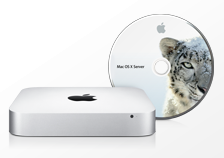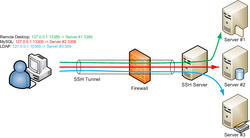Lousy Adobe Reader 10.0.1 Update
 Wednesday, February 9, 2011 at 21:02
Wednesday, February 9, 2011 at 21:02 ![]() Earlier this week I got the announcement (I opened an Adobe application) that there was an update for the Adobe Reader app. Security-conscious as I am, I fired up the update process.
Earlier this week I got the announcement (I opened an Adobe application) that there was an update for the Adobe Reader app. Security-conscious as I am, I fired up the update process.
Each time, this process stopped at the (near??) end of the installation with the following error:
The operation couldn’t be completed. (com.adobe.ARM error 1807.)
The error also suggested looking at the log file. Examination of this file showed nothing out of the ordinary. At least not that made sense to me.
There were some lines in the log that made me try to do a work-around (in bold);




